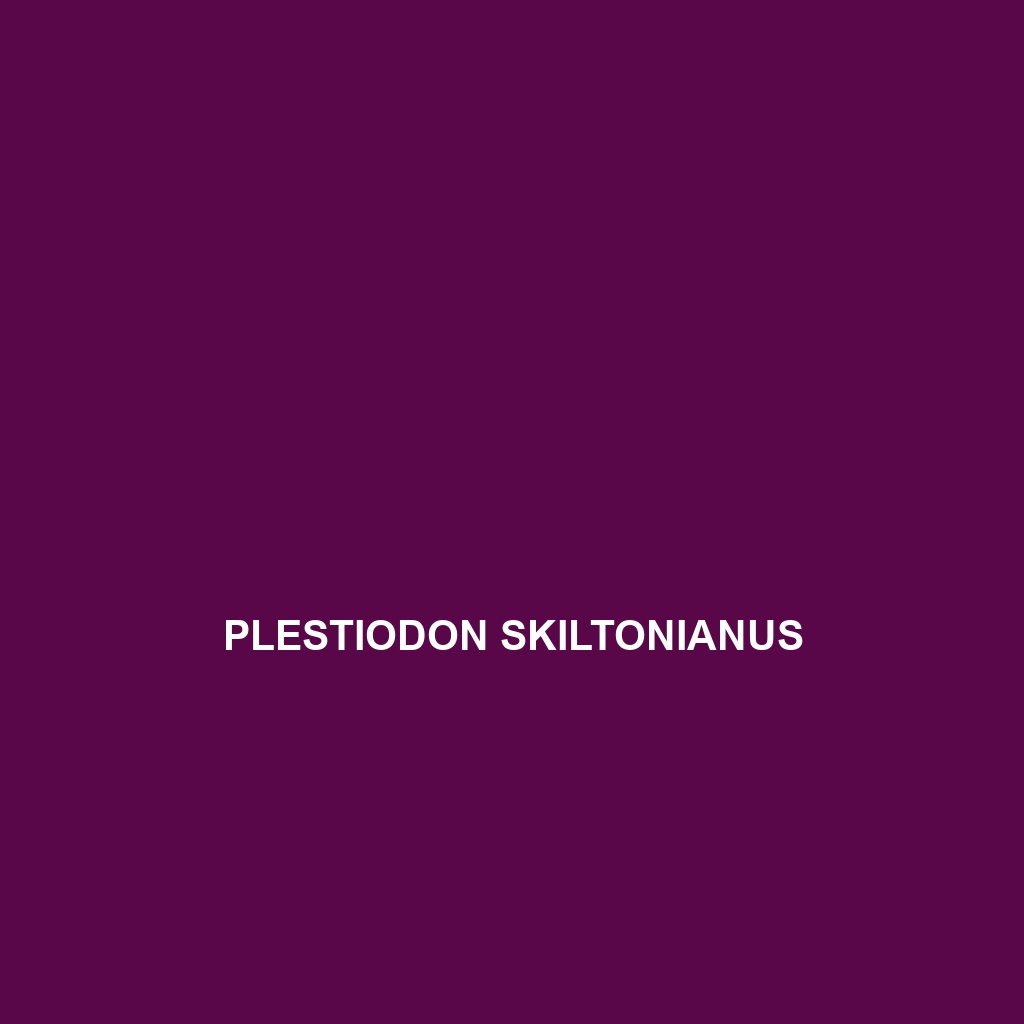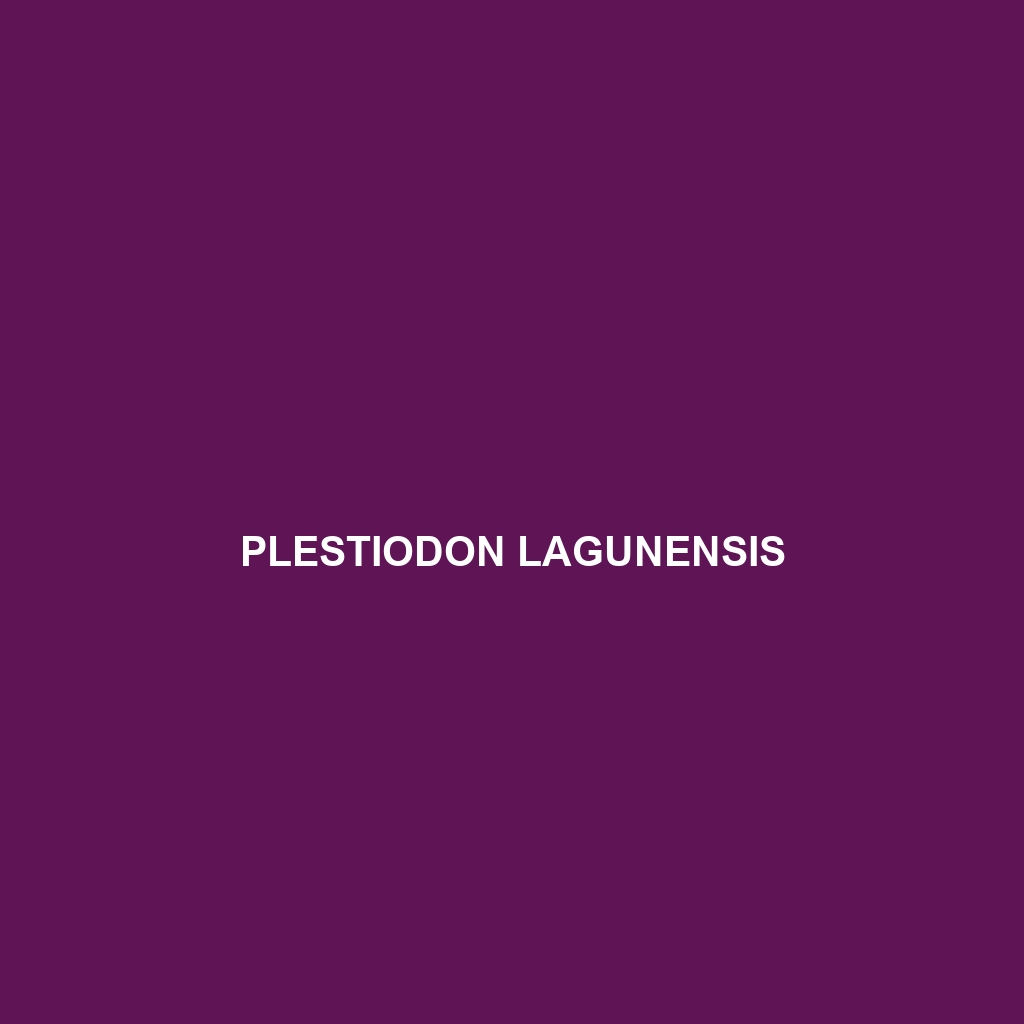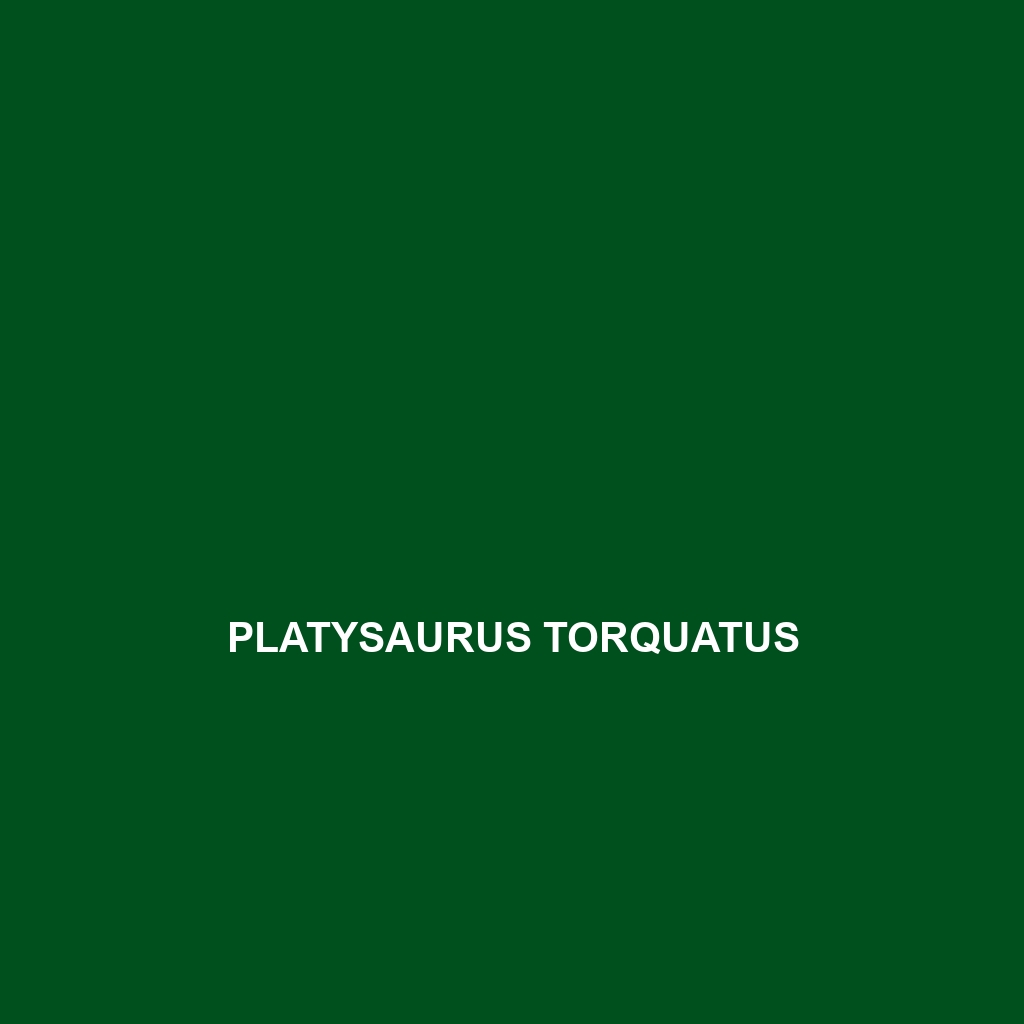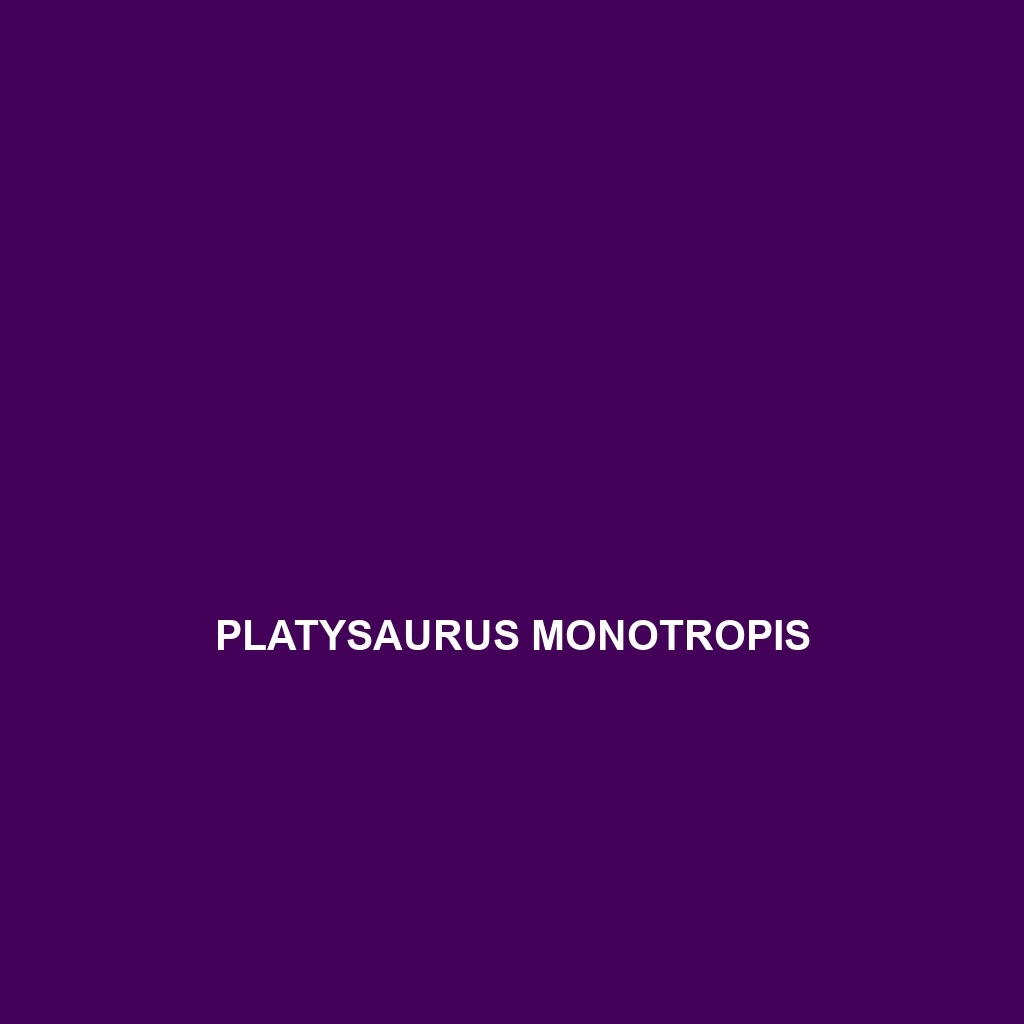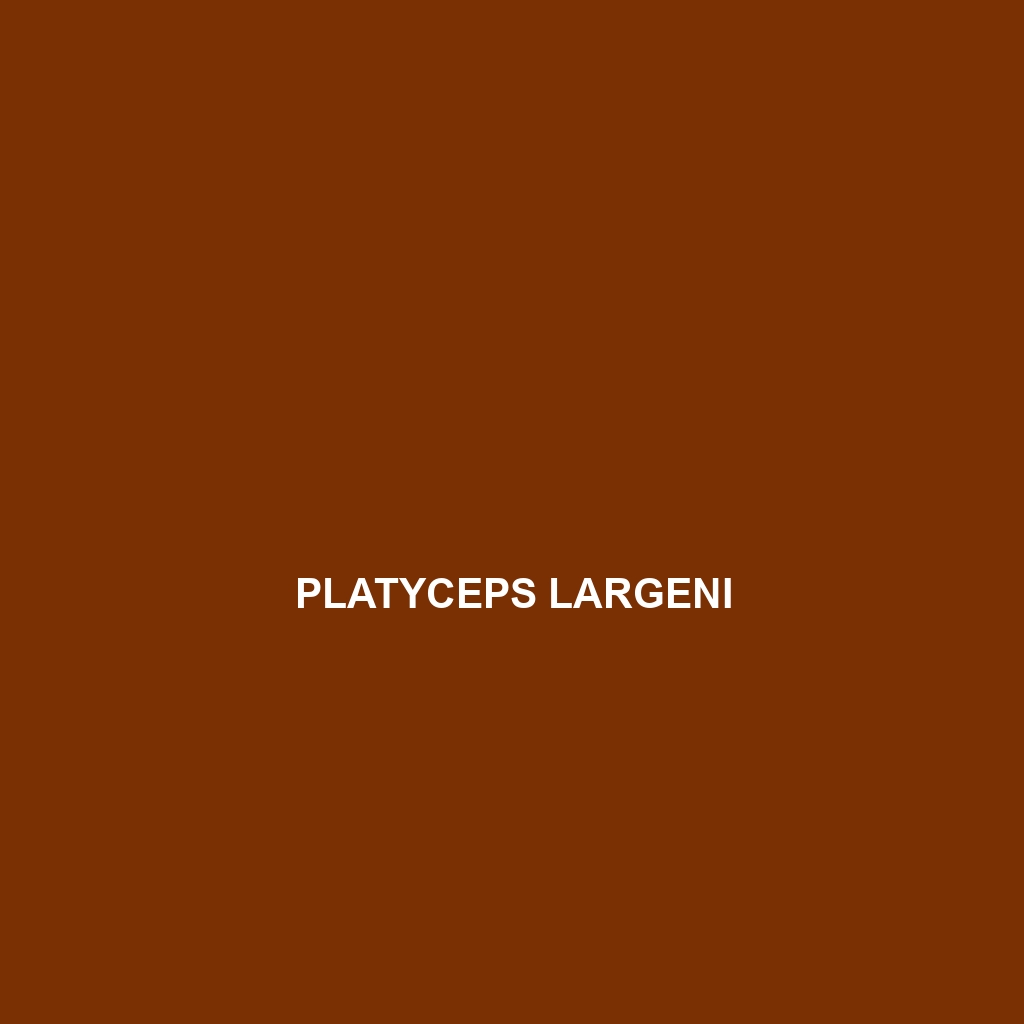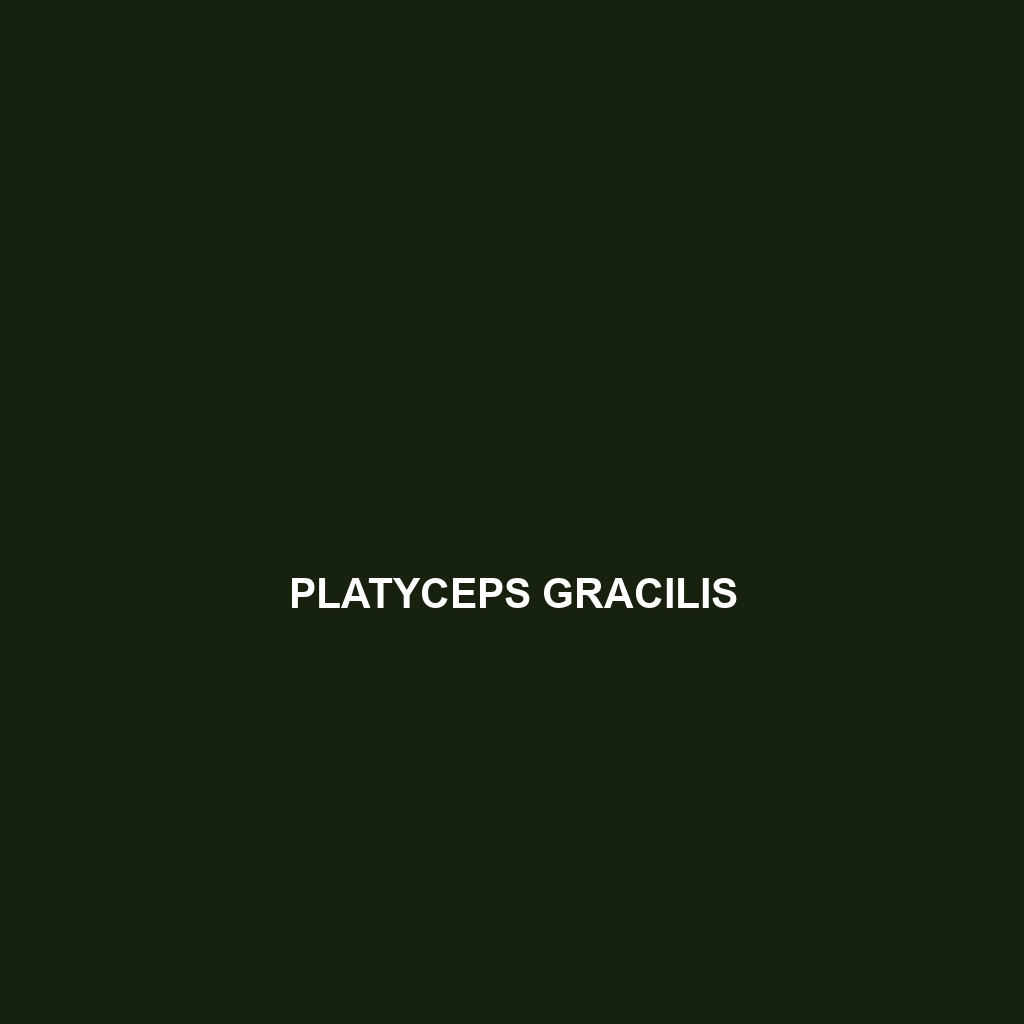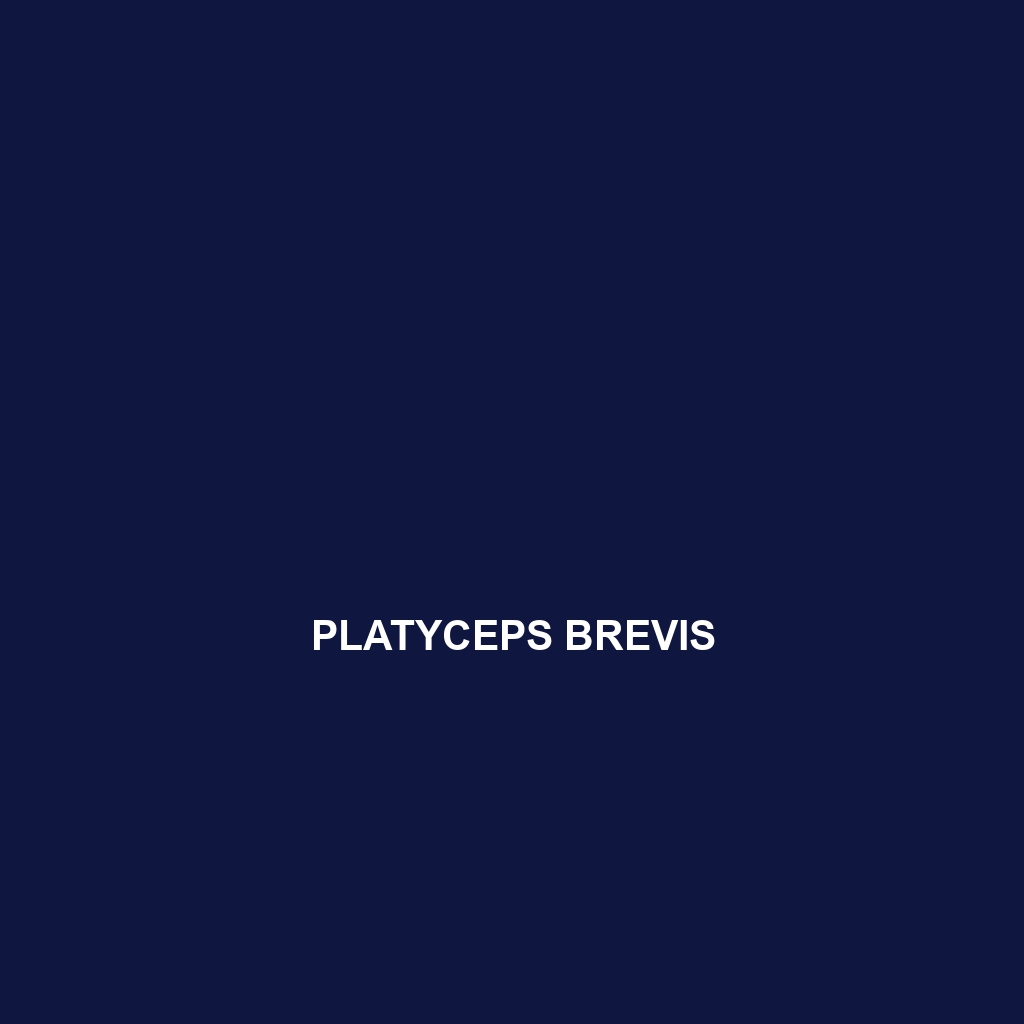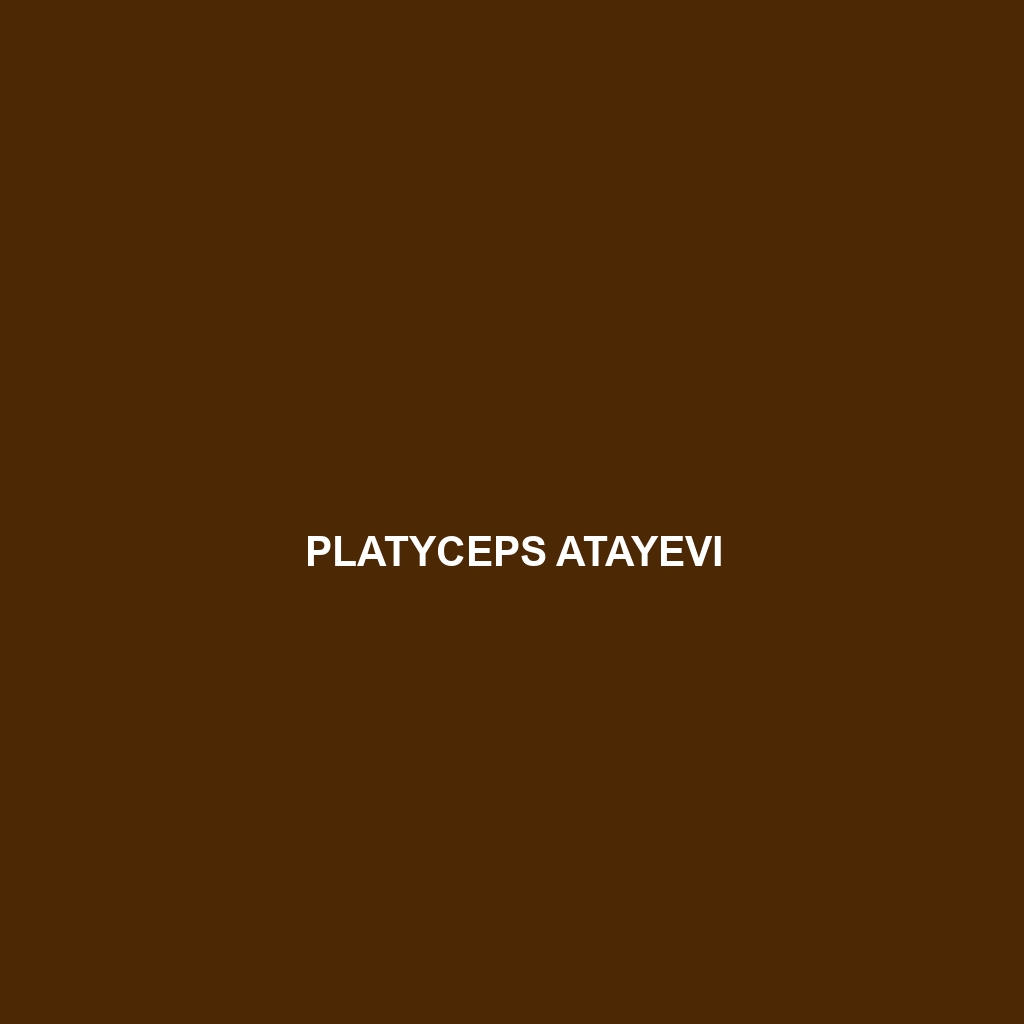<b>Podarcis erhardii</b> is a fascinating European lizard known for its adaptive behavior and distinctive colorations, typically ranging from 15 to 25 cm in length. This insectivorous species thrives in temperate forests and coastal areas, exhibiting diurnal activity patterns and playing a vital role in regulating insect populations and contributing to ecosystem health.
Tag: IUCN Least Concern
Plestiodon skiltonianus
Skilton's Skink (Plestiodon skiltonianus) is a small, agile lizard found primarily in North America's temperate forests and scrublands, characterized by its elongated body, smooth scales, and vibrant blue underbelly in males. As an omnivorous species, it plays a vital role in pest control while showcasing unique behaviors, including tail shedding for defense.
Plestiodon lagunensis
<p><b>Plestiodon lagunensis</b>, commonly known as the Laguna skink, is a slender, diurnal lizard found in Central America's temperate forests and savannas. This insectivorous species showcases a range of colors and plays a crucial role in controlling insect populations while also serving as prey for larger animals.</p>
Platysaurus torquatus
<p><b>Platysaurus torquatus</b>, also known as the <i>Eastern Rock Lizard</i>, is a stunning species native to southern Africa's temperate forests and savannas. With vibrant coloration during mating season and a primarily insectivorous diet, this adaptable lizard is crucial for maintaining ecosystem balance.</p>
Platysaurus monotropis
Explore the fascinating Platysaurus monotropis, a medium-sized lizard native to southeastern Africa, thriving in diverse habitats from rainforests to savannas. Known for its vibrant colors and unique behaviors, this diurnal insectivore plays a critical role in its ecosystem by controlling insect populations and aiding soil health.
Platyceps somalicus
<p><b>Platyceps somalicus</b>, commonly known as the Somali rat snake, is a slender, diurnal predator found in eastern Africa, mainly preying on small mammals and birds. With its distinctive brown or gray scales, large expressive eyes, and impressive climbing abilities, this adaptable species plays a vital role in maintaining ecosystem balance and controlling rodent populations.</p>
Platyceps largeni
Platyceps largeni, commonly known as the sand snake, is a medium-sized, nocturnal snake native to diverse habitats across Africa and parts of the Middle East, characterized by its slender body, distinct coloration, and unique head pattern. This species plays a crucial role in its ecosystem as both a predator of small mammals and insects and as prey for larger animals, contributing to biodiversity and ecological balance.
Platyceps gracilis
<b>Platyceps gracilis</b>, also known as the slender whip snake, thrives in the dry grasslands and scrub regions of North Africa and the Middle East. This agile predator, characterized by its elongated body and effective camouflage, primarily feeds on small mammals and lizards while playing a crucial role in maintaining ecological balance.
Platyceps brevis
Discover the fascinating Platyceps brevis, a slender snake from North Africa and the Middle East, known for its striking sandy brown and muted orange coloration, flattened head, and adaptability to arid environments. This opportunistic carnivore primarily feeds on rodents and lizards, showcasing intriguing behaviors such as ambushing prey and playing dead when threatened.
Platyceps atayevi
<p><b>Platyceps atayevi</b>, a striking snake native to Eastern Europe and Central Asia, thrives in diverse habitats such as temperate forests and scrublands. Reaching lengths of 1 to 1.5 meters, this nocturnal carnivore features smooth, camouflaged scales and plays a crucial role in maintaining ecological balance by regulating prey populations.</p>

